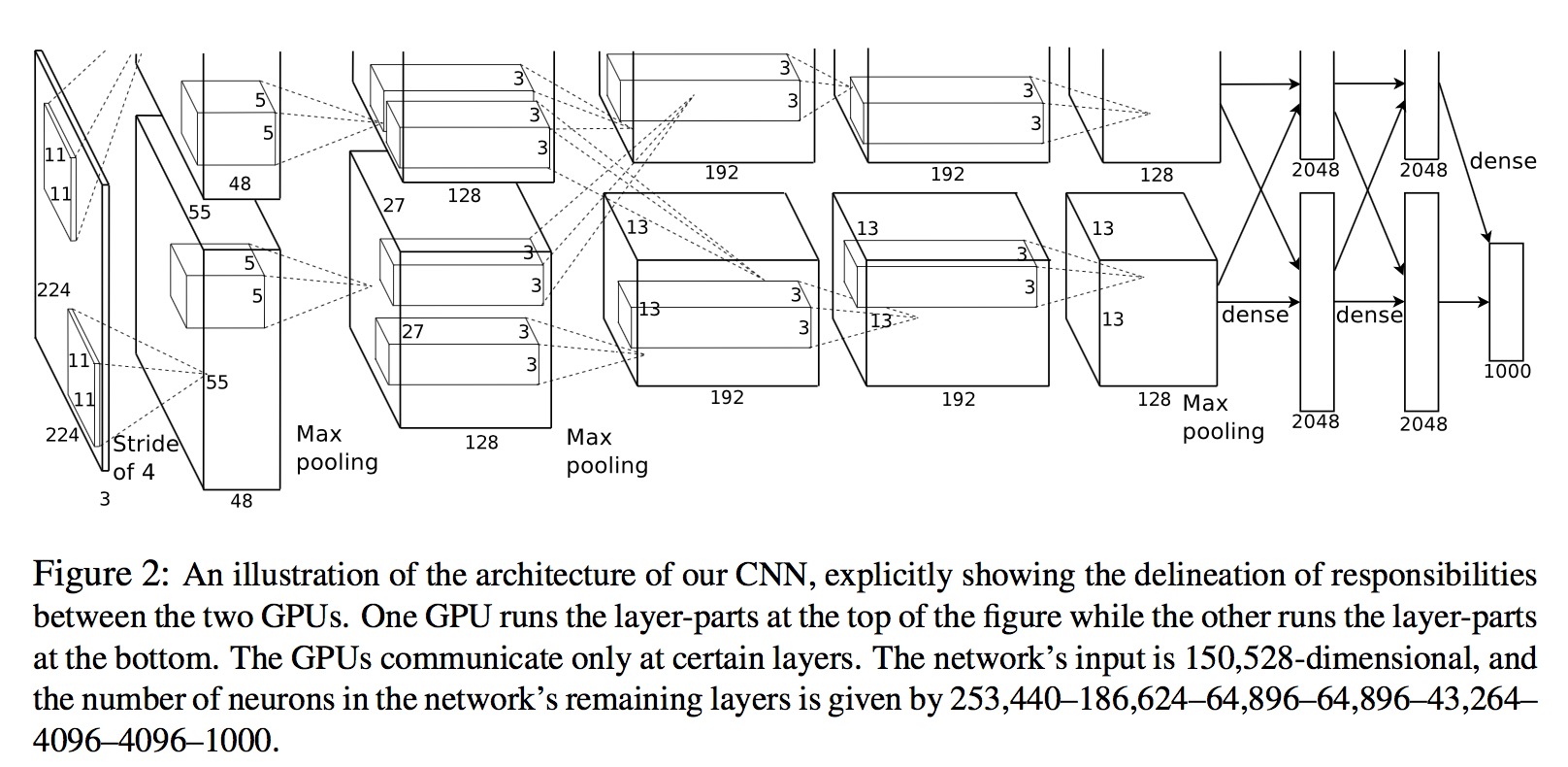本文详细介绍了 Transformer 中的位置编码模块,包括位置编码的定义、位置编码的作用、位置编码的结构、位置编码的直观理解、位置编码如何结合到词向量中、位置编码的相对位置等内容。
介绍自己 🙈
生成本文简介 👋
推荐相关文章 📖
前往主页 🏠
前往爱发电购买
学习笔记 深度学习 Transformer 位置编码 小嗷犬 2024-01-16 2025-02-09 Attention Is All You Need Transformer ,它完全摒弃了传统的 CNN 和 RNN 结构,基于 Attention 机制 来实现 Seq2Seq 的建模。
Transformer 的出现是人工智能领域的重大突破,它不仅在机器翻译任务上取得了 SOTA 的效果,而且在其他 NLP 任务上也有着非常好的表现,后续更是被广泛应用于 CV 领域。
位置编码 本文主要介绍 Transformer 中的位置编码,它是 Transformer 中非常重要的一部分。
什么是位置编码以及为什么需要位置编码 词的位置和顺序是任何语言的重要组成部分。它们决定着语法,因此也决定了句子的实际语义。
卷积神经网络 (CNN)使用卷积核 来捕获单词之间的相对位置信息,但其仅能捕获固定大小的局部上下文信息。
循环神经网络 (RNN)在处理序列信息上会有更好的效果,其依靠循环结构 ,将序列信息逐步传递,这其中就引入了单词的位置和顺序信息。但随着序列长度的增加,RNN 会慢慢忘记早前的信息,这就导致了长期依赖 问题。除此之外,循环结构也使得 RNN 无法并行计算,这使得 RNN 的训练速度十分缓慢。
Transformer 放弃了循环结构,而采用了自注意力机制 ,这使得 Transformer 可以并行计算,从而大大提高了训练速度。同时,自注意力机制也使得 Transformer 可以捕获任意距离的依赖关系,从而解决了长期依赖问题。
但由于 Transformer 不包含任何循环结构,各个单词在 Transformer 中都同时经过 Decoder-Encoder 的变换,这就导致了 Transformer 无法捕获单词的位置信息 。位置编码 。
一个简单的想法是:我们可以将单词的位置信息映射到[ 0 , 1 ] [0,1] [ 0 , 1 ] 0 0 0 1 1 1 间隔不统一 。
另一个容易想到的做法是:我们可以线性地为单词分配位置编号,第一个单词为1 1 1 2 2 2 数值上很大 ,并且模型可能会在后续遇到更长的句子,这其中包含了模型在训练中从未遇见过的位置编号,这可能会影响模型的泛化能力 。
因此,一个好的位置编码方式通常需要满足以下条件:
它应当为每个时间步(单词在句子中的位置)输出唯一 的编码 在不同长度的句子中,任何两个时间步之间的距离 都应保持一致 这个方法应当能够推广到任意长的句子,即位置编码的数值 应当是有界 的 位置编码 应当是确定 的,即对于相同长度的输入,应当输出相同的位置编码 Transformer 中的位置编码方式满足上述所有条件,是一种简单而有效的位置编码方式。它没有为每个时间步输出单一的数字,而是为每个时间步输出一个 d 维向量 ,这个向量的维度与 Transformer 的词向量维度相同,这个向量被加到输入的单词向量中,从而为单词向量添加了位置信息。
设t t t p t ⃗ ∈ R d \vec{p_t} \in \mathbb{R}^d p t ∈ R d d d d d ≡ 0 ( m o d 2 ) d \equiv 0 (\mod 2) d ≡ 0 ( mod 2 ) f : N → R d f : \mathbb{N} \rightarrow \mathbb{R}^d f : N → R d
p t ⃗ ( i ) = f ( t ) ( i ) : = { sin ( ω k . t ) , if i = 2 k cos ( ω k . t ) , if i = 2 k + 1 \begin{align*} \vec{p_t}^{(i)} = f(t)^{(i)} & := \begin{cases} \sin({\omega_k} . t), & \text{if}\ i = 2k \\ \cos({\omega_k} . t), & \text{if}\ i = 2k + 1 \end{cases} \end{align*} p t ( i ) = f ( t ) ( i ) := { sin ( ω k . t ) , cos ( ω k . t ) , if i = 2 k if i = 2 k + 1
其中
ω k = 1 1000 0 2 k / d \omega_k = \frac{1}{10000^{2k / d}} ω k = 1000 0 2 k / d 1
从定义中我们可以看出三角函数的频率ω k \omega_k ω k 2 π 2 \pi 2 π 10000 ⋅ 2 π 10000 \cdot 2 \pi 10000 ⋅ 2 π
对于第t t t p t ⃗ \vec{p_t} p t 不同频率的正弦余弦对 组成的向量(d d d
p t ⃗ = [ sin ( ω 1 . t ) cos ( ω 1 . t ) sin ( ω 2 . t ) cos ( ω 2 . t ) ⋮ sin ( ω d / 2 . t ) cos ( ω d / 2 . t ) ] d × 1 \vec{p_t} = \begin{bmatrix} \sin({\omega_1}.t)\\ \cos({\omega_1}.t)\\ \\ \sin({\omega_2}.t)\\ \cos({\omega_2}.t)\\ \\ \vdots\\ \\ \sin({\omega_{d/2}}.t)\\ \cos({\omega_{d/2}}.t) \end{bmatrix}_{d \times 1} p t = sin ( ω 1 . t ) cos ( ω 1 . t ) sin ( ω 2 . t ) cos ( ω 2 . t ) ⋮ sin ( ω d /2 . t ) cos ( ω d /2 . t ) d × 1
直观理解 你可能会想知道为什么要用不同频率的正弦余弦对的组合来编码位置信息?
其实这是一个很简单的想法,考虑用二进制编码来表示一个数字的情况:
0 : 0 0 0 0 8 : 1 0 0 0 1 : 0 0 0 1 9 : 1 0 0 1 2 : 0 0 1 0 10 : 1 0 1 0 3 : 0 0 1 1 11 : 1 0 1 1 4 : 0 1 0 0 12 : 1 1 0 0 5 : 0 1 0 1 13 : 1 1 0 1 6 : 0 1 1 0 14 : 1 1 1 0 7 : 0 1 1 1 15 : 1 1 1 1 \begin{align*} 0: \ \ \ \ \color{orange}{\texttt{0}} \ \ \color{green}{\texttt{0}} \ \ \color{blue}{\texttt{0}} \ \ \color{red}{\texttt{0}} & & 8: \ \ \ \ \color{orange}{\texttt{1}} \ \ \color{green}{\texttt{0}} \ \ \color{blue}{\texttt{0}} \ \ \color{red}{\texttt{0}} \\ 1: \ \ \ \ \color{orange}{\texttt{0}} \ \ \color{green}{\texttt{0}} \ \ \color{blue}{\texttt{0}} \ \ \color{red}{\texttt{1}} & & 9: \ \ \ \ \color{orange}{\texttt{1}} \ \ \color{green}{\texttt{0}} \ \ \color{blue}{\texttt{0}} \ \ \color{red}{\texttt{1}} \\ 2: \ \ \ \ \color{orange}{\texttt{0}} \ \ \color{green}{\texttt{0}} \ \ \color{blue}{\texttt{1}} \ \ \color{red}{\texttt{0}} & & 10: \ \ \ \ \color{orange}{\texttt{1}} \ \ \color{green}{\texttt{0}} \ \ \color{blue}{\texttt{1}} \ \ \color{red}{\texttt{0}} \\ 3: \ \ \ \ \color{orange}{\texttt{0}} \ \ \color{green}{\texttt{0}} \ \ \color{blue}{\texttt{1}} \ \ \color{red}{\texttt{1}} & & 11: \ \ \ \ \color{orange}{\texttt{1}} \ \ \color{green}{\texttt{0}} \ \ \color{blue}{\texttt{1}} \ \ \color{red}{\texttt{1}} \\ 4: \ \ \ \ \color{orange}{\texttt{0}} \ \ \color{green}{\texttt{1}} \ \ \color{blue}{\texttt{0}} \ \ \color{red}{\texttt{0}} & & 12: \ \ \ \ \color{orange}{\texttt{1}} \ \ \color{green}{\texttt{1}} \ \ \color{blue}{\texttt{0}} \ \ \color{red}{\texttt{0}} \\ 5: \ \ \ \ \color{orange}{\texttt{0}} \ \ \color{green}{\texttt{1}} \ \ \color{blue}{\texttt{0}} \ \ \color{red}{\texttt{1}} & & 13: \ \ \ \ \color{orange}{\texttt{1}} \ \ \color{green}{\texttt{1}} \ \ \color{blue}{\texttt{0}} \ \ \color{red}{\texttt{1}} \\ 6: \ \ \ \ \color{orange}{\texttt{0}} \ \ \color{green}{\texttt{1}} \ \ \color{blue}{\texttt{1}} \ \ \color{red}{\texttt{0}} & & 14: \ \ \ \ \color{orange}{\texttt{1}} \ \ \color{green}{\texttt{1}} \ \ \color{blue}{\texttt{1}} \ \ \color{red}{\texttt{0}} \\ 7: \ \ \ \ \color{orange}{\texttt{0}} \ \ \color{green}{\texttt{1}} \ \ \color{blue}{\texttt{1}} \ \ \color{red}{\texttt{1}} & & 15: \ \ \ \ \color{orange}{\texttt{1}} \ \ \color{green}{\texttt{1}} \ \ \color{blue}{\texttt{1}} \ \ \color{red}{\texttt{1}} \\ \end{align*} 0 : 0 0 0 0 1 : 0 0 0 1 2 : 0 0 1 0 3 : 0 0 1 1 4 : 0 1 0 0 5 : 0 1 0 1 6 : 0 1 1 0 7 : 0 1 1 1 8 : 1 0 0 0 9 : 1 0 0 1 10 : 1 0 1 0 11 : 1 0 1 1 12 : 1 1 0 0 13 : 1 1 0 1 14 : 1 1 1 0 15 : 1 1 1 1
可以看到每个位置的比特都在以特定的频率周期性 变化,最低位每过一个数字就会变化一次,次低位每过两个数字就会变化一次,依次类推。
对于浮点数空间,使用二进制编码是极其浪费的。因此我们可以使用更适合浮点数空间的三角函数来引入周期性 。在位置编码中,正弦余弦函数相当于二进制编码中的比特位,通过改变它们的频率,我们相当于控制了不同的比特位。
位置编码如何结合到词向量中 在 Transformer 中,位置编码是通过加法 的方式结合到词向量中的,即对于一个句子[ w 1 , . . . w n ] [w_1,...w_n] [ w 1 , ... w n ] t t t w t w_t w t
ψ ′ ( w t ) = ψ ( w t ) + p t ⃗ \begin{align*} \psi^\prime(w_t) = \psi(w_t) + \vec{p_t} \end{align*} ψ ′ ( w t ) = ψ ( w t ) + p t
其中ψ ( w t ) \psi(w_t) ψ ( w t ) w t w_t w t p t ⃗ \vec{p_t} p t w t w_t w t
由上式可知,位置编码的维度d d d ,这样才能保证它们可以相加。
相对位置 正弦位置编码的另一个特点是,它能让模型更加轻松地捕捉到相对位置信息 。下面是原论文中的一段话:
We chose this function because we hypothesized it would allow the model to easily learn to attend by relative positions, since for any fixed offsetk k k P E p o s + k PE_{pos+k} P E p os + k P E p o s PE_{pos} P E p os
即对于任意固定的偏移量k k k P E p o s + k PE_{pos+k} P E p os + k P E p o s PE_{pos} P E p os
笔者水平有限,在这里就不进行证明了。
除此之外,正弦位置编码的另一个特点是,相邻时间步长之间的距离是对称的(正弦位置编码对距离的衡量是无向的),即P E p o s ⋅ P E p o s + k = P E p o s ⋅ P E p o s − k PE_{pos} \cdot PE_{pos+k} = PE_{pos} \cdot PE_{pos-k} P E p os ⋅ P E p os + k = P E p os ⋅ P E p os − k
其他问题 为什么位置编码与词向量结合是使用相加而不是连接 首先,连接位置编码与词向量会提高输入的维度,这将提高模型的参数量 。
其次,从前文的图中可以看出,位置编码的信息并不是均匀分布于每个维度之上,而是几乎所有的位置信息都分布在较低的维度之内(在原文中,词向量的维度为512 512 512 512 512 512 512 512 512 等价 于x x x 512 − x 512-x 512 − x
位置编码信息如何传递到模型深层 理论上,位置编码信息在经过自注意力机制层 或者前馈神经网络层 后,就会被丢失。但 Transformer 为各个网络层添加了残差连接 ,这使得位置编码信息可以通过残差链接来逐步传递到模型的深层。
为什么要同时使用正弦和余弦函数 只有同时使用正弦和余弦函数才能将sin ( x + k ) \sin(x+k) sin ( x + k ) cos ( x + k ) \cos(x+k) cos ( x + k ) sin ( x ) \sin(x) sin ( x ) cos ( x ) \cos(x) cos ( x ) P E p o s PE_{pos} P E p os P E p o s + k PE_{pos+k} P E p os + k 捕获相对位置信息 具有很大的帮助。































